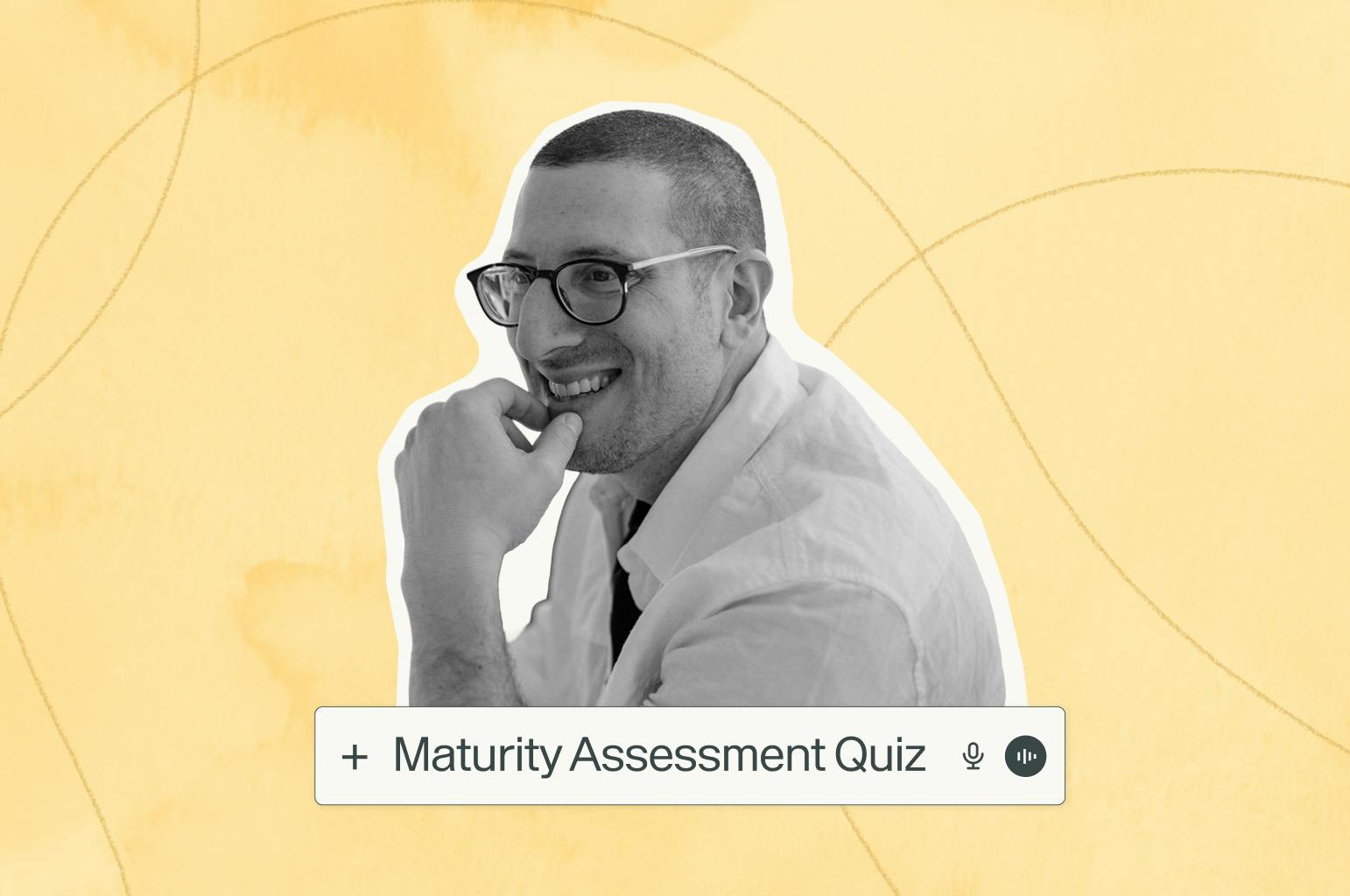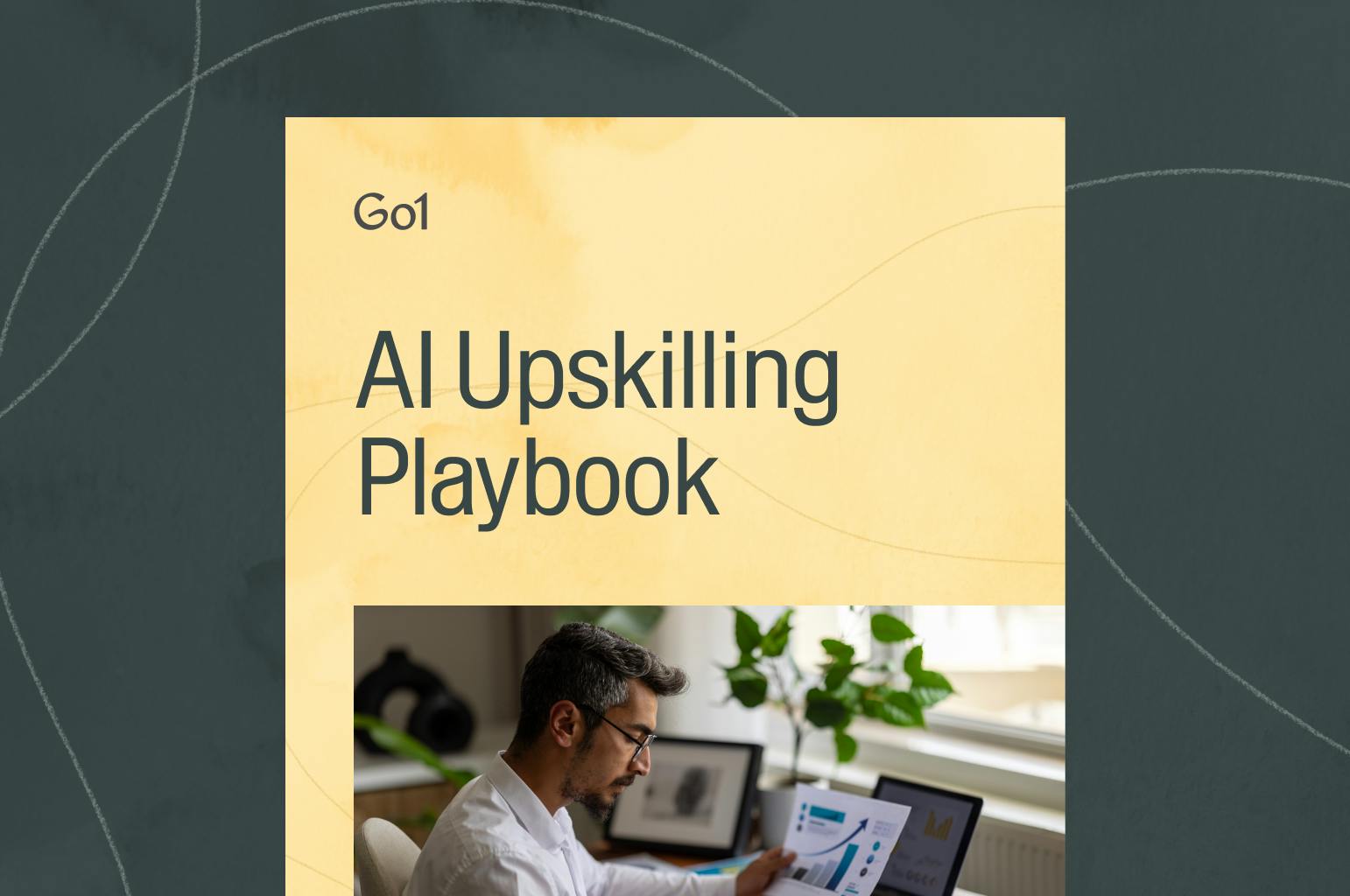Go1 x Litmos recap: understanding multigenerational learning and beyond

Recently, we went live on LinkedIn with our friends from Litmos to discuss Go1’s multigenerational learning report. The session was hosted by Liz Jukovsky from Litmos, who was joined by Litmos’ Chief Learning Officer Jill Stefaniak, and Go1’s Chief Customer Officer Dan Hayward. Their wide-ranging discussion covered everything from generational stereotypes to Gen AI and microlearning.

First impressions
To kick things off, Jill shared her initial impressions of the multigenerational learning report, emphasizing how much L&D has changed from when Baby Boomers entered the workforce — when things like offsite training universities were common — to the modern experience of Gen Z, where L&D is integrated into the flow of work.
“When I read the report, one of my biggest takeaways from this is that it’s a good reminder that we have four different generations within our organizations right now that have experienced L&D in a variety of different ways,” she recalled.
Overcoming stereotypes
Dan adds to this, showing that despite L&D’s evolution over time, most people still relish the opportunity to learn alongside other generations. This variety of perspectives and experiences deepens learning, rather than detracting from it.
“One of the most interesting findings was that, in terms of those different age groups, almost 50% said that they appreciated the opportunity to learn with other age groups and learn from other age groups.
One of the key takeaways is that we really need to avoid some of the stereotypes in design and oversimplifications around bucketing and pigeonholing these generations,” he said.
Ultimately, generational stereotypes can hinder successful, meaningful learning experiences and relationships. While some may say Baby Boomers are bad with technology or Gen Z has no drive to work hard, these are not inherently true statements, nor do they help our workforces come together. Instead, we should look to come together as a larger workforce that can bridge gaps and learn from one another.
Mentorship and Gen Z
Next, the conversation turned to mentorship and Generation Z (Gen Z). Jill noted there is a strong relationship between mentorship, informal learning, and succession planning, which was discussed in the report.
Specifically, 40% of Gen Z respondents want more opportunities to prepare for the next phase of their careers. Jill points out that although Gen Z is extremely technologically savvy, it can be easy to forget they still require mentorship, support, and training like any other generation.
Dan builds on this, explaining that many members of Gen Z don’t feel prepared for the workplace after graduating. In fact, 46% of employees believe that university or college failed to prepare them for their current jobs.

“With regards to Gen Z, what stood out is how ill prepared that group feels for the workplace coming out of formal education,” he said.
To overcome this challenge, Dan recommends businesses focus on more soft skills training, career mentorship and support, and thorough onboarding. To learn more, check out our article on the benefits of mentoring.
Gen AI
Following this, the conversation moved on to one of the hottest topics in L&D right now: Gen AI.
Jill shared her excitement that all generations were broadly receptive to AI — more than 60% of each generational cohort said they were open to using AI-generated learning materials or AI learning tools, like Go1 AI or Blinkist’s approach to AI Blinks.
“One of the things that I was excited about with the report is that I didn’t see anything where there was too drastic of a response regarding the use of Generative AI,” she said
“It looked like all the groups were interested in learning more and being able to leverage that to help with their learning solutions, so that was very exciting to see.”
Taking this a step further, nearly a third of Gen Z respondents (31%) also said they saw generative AI tools like ChatGPT as the only tool they need for learning, while half said
Gen AI will help them develop key skills more quickly.
Micro-learning
On a related point, Dan discussed the increasing popularity of micro-learning, which allows people to easily learn within the flow of their workday. Put simply, micro-learning means short training videos or other content, usually 3 minutes or less in duration.
“A large number of respondents said that micro-learning and on-the-job learning were probably the top two things that their organization provided for them. So those sub-3 minute videos, the Millennial and Gen-Z ‘TikTok-based learning,’ was a preferred way of learning across all of our groups,” he shared.
“Being able to access that learning at the point of need is a key thing for a lot of our learners and customers.”

Jill expands on this, asking an important question: “how and where are consuming information?”
“There’s a shift to prioritizing on-the-job training, so those micro-learning experiences are really helpful to learners, so they don’t have to worry about shutting everything down and having to go somewhere for training, they’re able to do it simultaneously while they’re completing specific tasks,” she adds.
Although ‘short videos’ was one of the most popular responses when people were asked how they like to learn, fewer than half of the surveyed companies offer this type of training content. So, to get a headstart on your competitors and engage employees (win-win!), consider investing in micro-learning.
Key takeaways
As the discussion started to wrap up, Jill and Dan shared their four key takeaways from the session:
- As a new generation enters the workforce, change is inevitable
- Shorter videos (micro-learning) are gaining prominence
- Artificial intelligence is here to help, not hinder
- The right types of learning are critical to employee engagement and retention
Jill summarizes these points, leaving us with these pearls of wisdom: “It’s not just about presenting a variety of different training and different training formats, it’s [about] how do we help them see the relevance behind the training.”
“Learning is looking a lot different these days than what it looked like 20 years ago, so when you start seeing things like podcasts becoming more popular, virtual lunch and learns becoming more popular, those are things we should be thinking about as L&D professionals, because we’ve got a lot of variety about how we can disseminate information to our workplace these days to keep them engaged,” she said.
To learn more, check out the full Go1 Multigenerational Learning report here.
Related Articles

Application Guide: How to use the Go1 AI for L&D Maturity Assessment to assess our workforce AI capability

AI upskilling made clear: A practical guide to building an AI-ready workforce

Go1 welcomes PepTalk

5 Data-Backed Insights Shaping the Future of AI in Workplace Learning

Train smarter, spend less
Train smarter,spend less
Connect with a Go1 expert to explore the best training options for your organization—no pressure, just solutions that work.